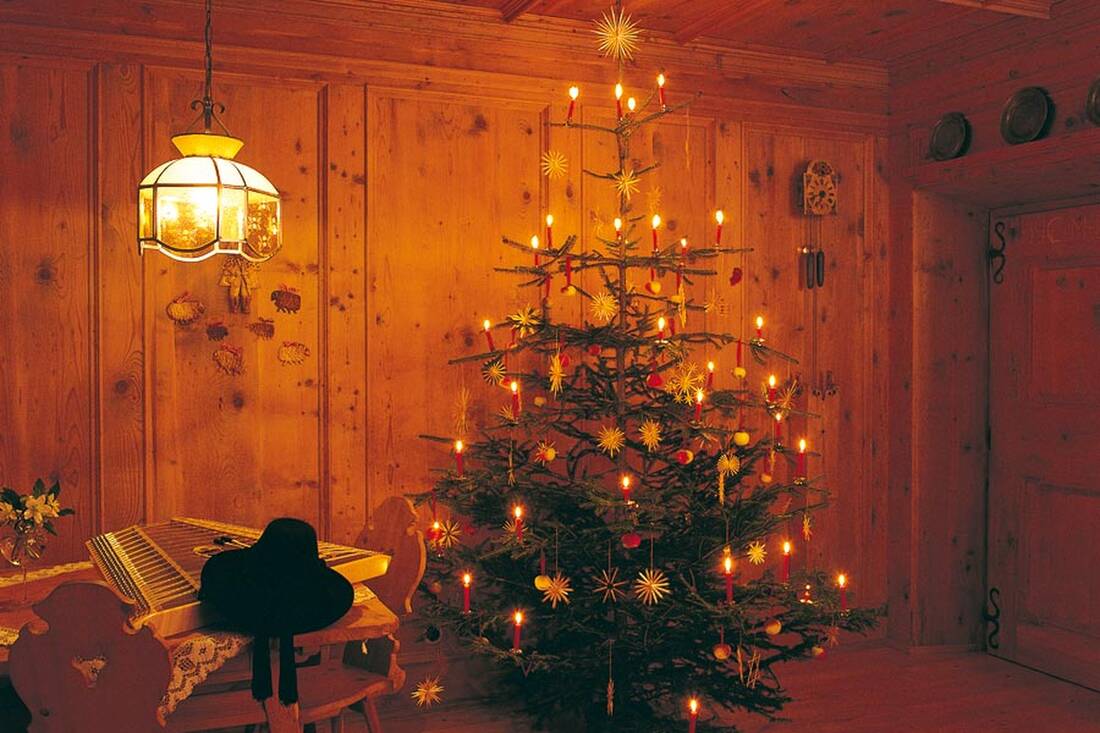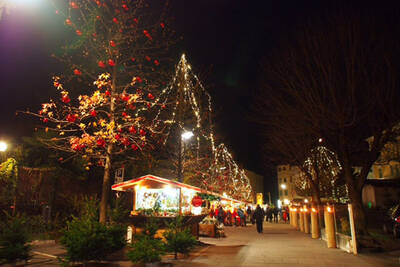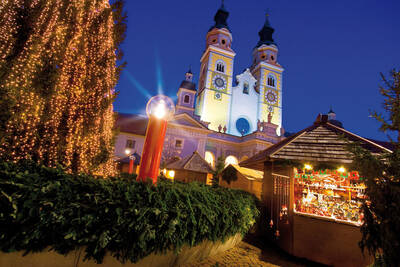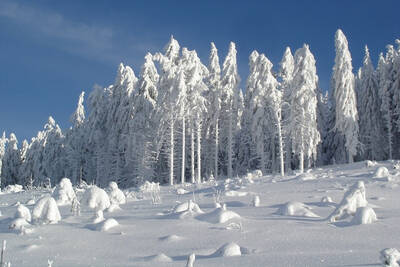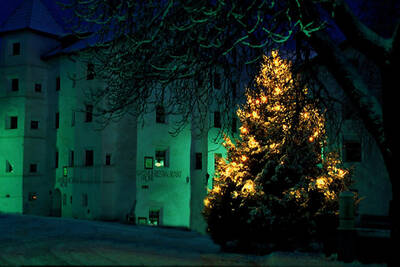Advent - derived from the Latin word for "arrival" - refers to the time when Christians prepare for the great feast of the birth of Jesus, that is, Christmas. The church year begins with Advent. Originally, Advent was a time of fasting between November 11th and the old Christmas date, the Epiphany festival on January 6th. In its present form, the Advent season dates back to the 7th century and to Pope Gregory the Great. Since then, the (Catholic) Advent has 22 to 28 days, but always four Sundays. The four Sundays symbolically represent the four thousand years that, according to the Bible, humanity had to wait for the Savior since the fall of man in paradise.
Customs during the Advent season
The Advent wreath, on the other hand, is a relatively recent "invention" and dates back to the 19th century. It is the symbol of the approaching birth of Jesus, but also serves as decoration for the church and the living room. Traditionally, the Advent wreath in South Tyrol is woven from fir branches. Of the four candles representing the four Advent Sundays, three are violet - the liturgical color of Advent - and one is pink. This pink candle is lit on the 3rd Sunday of Advent, the so-called Sunday of Joy or Gaudete.
Another tradition during Advent is the "Klöckeln." On the four "Klöckler Thursdays" in Advent, the Klöckler, disguised as animals, plants, or wild men, roam through the villages and rhythmically jangle the cowbells strapped around their hips. This ancient ritual is intended to bring fertility and prosperity, and is now only practiced in its current form in the Sarntal and Vinschgau regions.
December 4th is Barbara's Day. Saint Barbara is one of the fourteen holy helpers, protects against lightning, fire, and sudden death, and is, among other things, the patron saint of miners. According to old custom, a cherry branch is cut on her name day and placed in a warm place in a vase. If this branch blooms by Christmas, it is considered a lucky omen for the coming year, and perhaps even a wedding is on the horizon.
Bells and Krampus
Immediately following Saint Barbara are Krampus and Saint Nicholas. Saint Nicholas is one of the most popular saints of the church and is, among other things, the patron saint of children. Processions take place in many places in South Tyrol on his feast day, during which Saint Nicholas is accompanied by the devilish Krampusses with their terrifying wooden masks. Saint Nicholas often visits children at night while they sleep to bring them gifts. Therefore, the evening before, salt and a glass of schnapps are left out for his donkey and for his refreshment.
Christmas baking is also traditionally part of Advent. Many South Tyrolean households still bake their own treats, and the scent of sweet delicacies fills the apartments and houses. Gingerbread, as well as rum balls and the typical South Tyrolean "Spitzbuben," are among the most popular and well-known Christmas pastries, but Christmas stollen and "Kletzenbrot" are also essential. With such tempting delights, the Advent season passes in the blink of an eye, and Christmas is just around the corner…
 How do you like the content of this page?
How do you like the content of this page?
Please give us your feedback!
Month
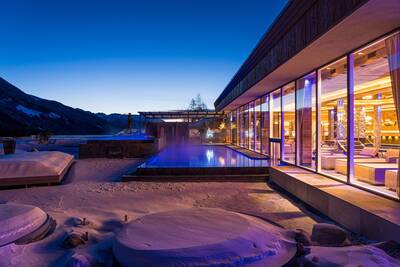
Vacation Offers
tips







